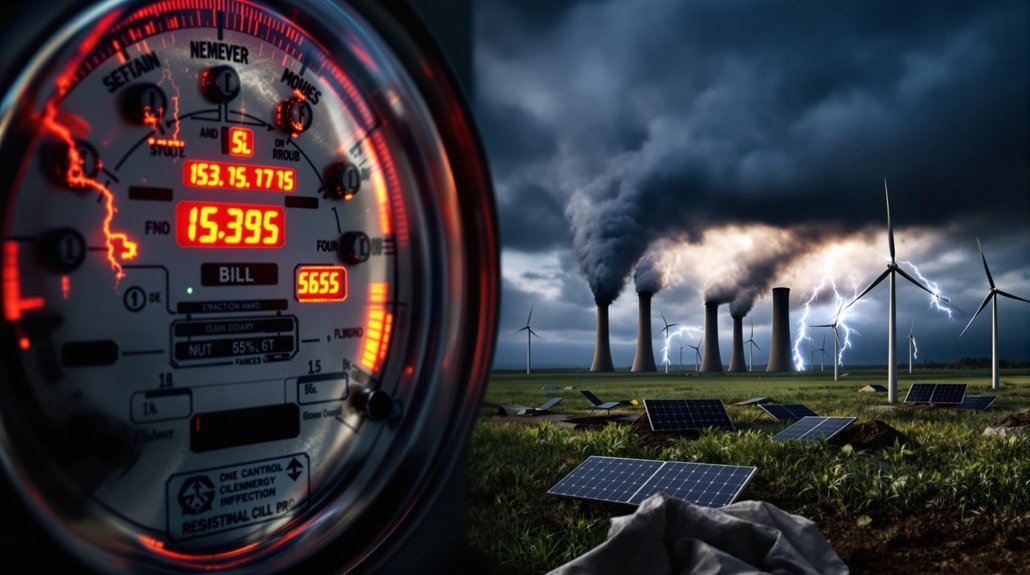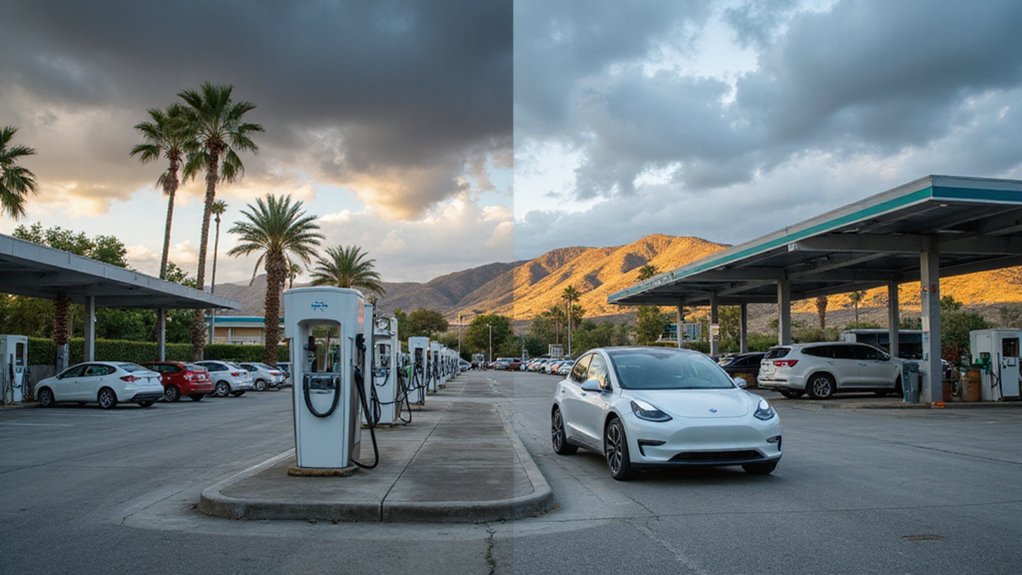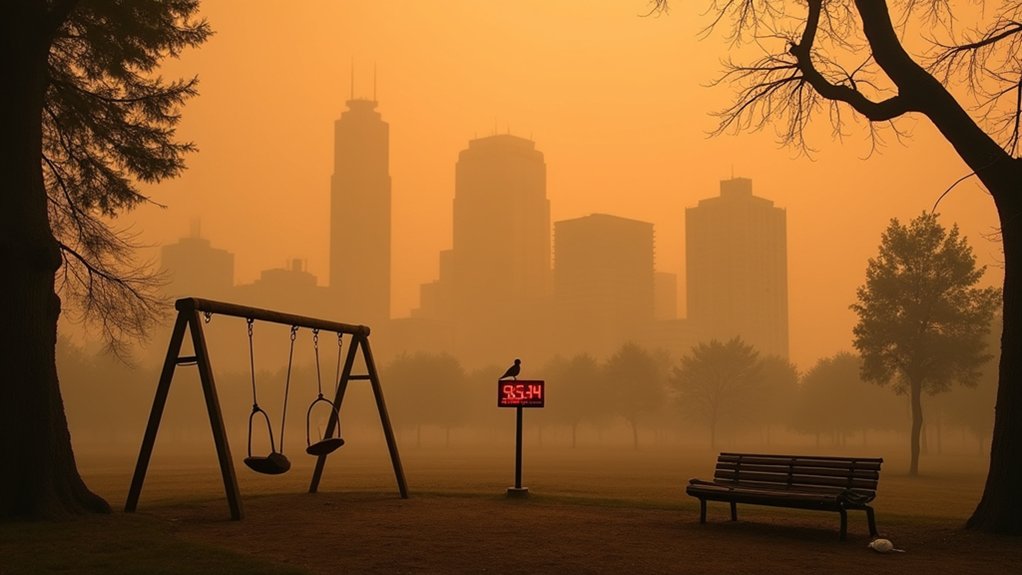Cannabis cultivation devours electricity like a monster—consuming 1% of all U.S. power and producing carbon emissions equivalent to 3 million cars. Indoor grows use 18 times more energy than outdoor operations. Crazy, right? The industry burned through $6 billion in energy costs back in 2012, causing blackouts in places like Portland. LED lighting and outdoor growing offer some hope, but the industry’s path to sustainability remains hazy.
While many industries consume significant power, cannabis cultivation stands out as a surprisingly voracious energy hog. The numbers are shocking. Cannabis production accounts for 1% of all U.S. electricity consumption. One percent! That’s comparable to data centers, but with far less public scrutiny.
And indoor grow operations? They use a staggering 18 times more energy than outdoor facilities.
Let’s break it down. Lighting sucks up most of the electricity. Then comes air conditioning, ventilation, and dehumidification. All that equipment running 24/7 adds up fast. No wonder energy costs represent about one-third of cannabis production expenses. In 2012, U.S. cannabis operations burned through $6 billion in energy. That was over a decade ago, before widespread legalization.
Energy costs devour a third of cannabis production expenses, with U.S. operations burning $6 billion back in 2012 alone.
The regional impacts are even more eye-popping. Denver saw a 45% load growth after legalization, with cannabis now accounting for 4% of the city’s total electricity consumption. Massachusetts reports indoor cannabis operations using 10% of industrial electrical usage. Portland has experienced seven blackouts directly traced to cannabis facilities. Not exactly a “green” industry, is it?
The carbon footprint is equally disturbing. Growing just two pounds of cannabis produces 2-5 tons of carbon emissions. One kilogram of final product is responsible for up to 4600 kg of CO2 over its lifecycle. That’s equivalent to the emissions from 3 million average U.S. cars. Crazy.
Some municipalities are taking action. Boulder, Colorado implemented a $2.16/kWh tariff unless growers use renewable energy. Berkeley, California demands 100% renewable energy for cannabis operations. Other cities have similar requirements.
There are solutions. LED lighting uses half the power of traditional lamps. Better HVAC systems, cogeneration units, and on-site solar can drastically reduce consumption. Indoor cannabis growth consumes as much electricity as the average American home uses in a year. In Virginia, the Senate version of the cannabis bill wisely allows for outdoor cultivation which could significantly reduce energy demands. But without consistent regulations, adoption remains spotty.
With the industry projected to grow 16% annually and potentially consume 3% of U.S. electricity by 2035, the stakes are high. Cannabis might be green, but its energy footprint definitely isn’t.








